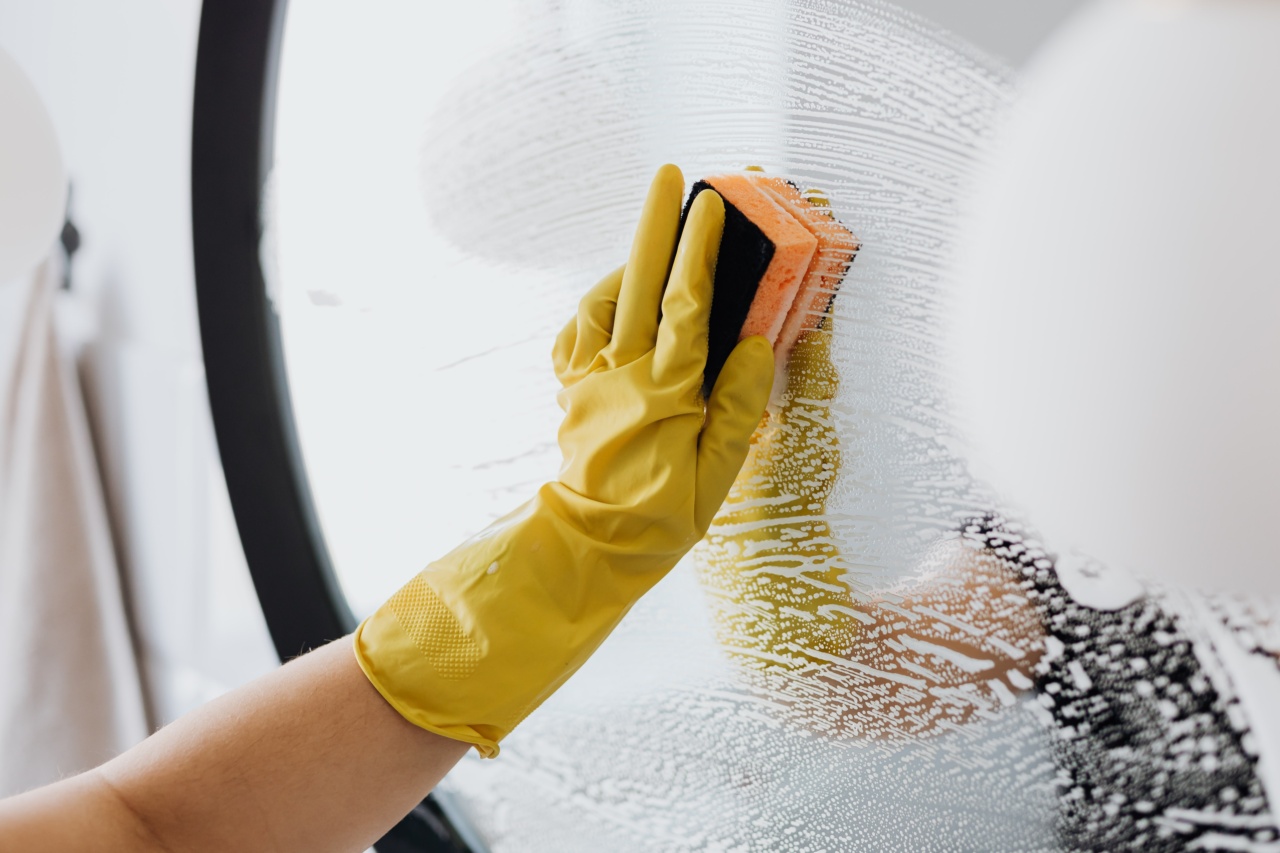A bath sponge is a common bathroom tool used for cleaning and exfoliating the skin. It is designed to create lather and remove dirt, dead skin cells, and impurities from the body.
Like any other personal care item, bath sponges have a limited lifespan and need to be replaced periodically. But how long can you actually use a bath sponge before it’s time to invest in a new one? Let’s find out.
1. Understanding the Lifespan of a Bath Sponge
When it comes to determining the lifespan of a bath sponge, several factors come into play. These include the type of sponge, frequency of use, maintenance, and personal preferences.
Generally, bath sponges can last anywhere from a few weeks to a few months, but there’s no strict rule or guideline that applies to everyone.
2. Types of Bath Sponges
There are different types of bath sponges available in the market, each with its own unique characteristics and lifespan. Here are a few commonly used types:.
2.1 Natural Sea Sponge
Natural sea sponges are harvested from the ocean and are known for their soft texture and ability to hold soap. They are biodegradable and eco-friendly. With proper care, natural sea sponges can last anywhere from 8 to 12 weeks.
2.2 Synthetic Bath Sponge
Synthetic bath sponges are made from man-made materials such as polyester, nylon, or plastic. They are durable, affordable, and readily available.
The lifespan of synthetic bath sponges varies depending on the quality and frequency of use but generally ranges from 4 to 8 weeks.
2.3 Loofah Sponge
A loofah sponge is derived from the fibrous interior of a tropical fruit called a loofah gourd. It is known for its excellent exfoliating properties and comes in both natural and synthetic forms.
Natural loofahs can last up to 6 weeks, while synthetic loofahs may last slightly longer.
3. Signs It’s Time to Replace Your Bath Sponge
While there is no fixed timeline for replacing a bath sponge, certain signs indicate that it’s time for a new one:.
3.1 Odor
If your bath sponge starts to emit a foul odor even after thorough rinsing, it’s a clear sign that bacteria and mold have started to accumulate. No amount of cleaning can fully eliminate these, making it necessary to replace the sponge.
3.2 Discoloration
Over time, bath sponges may become discolored due to the accumulation of dirt, soap residue, and dead skin cells.
If your sponge doesn’t return to its original color after cleaning, it’s a good indication that it’s time to get a new one.
3.3 Wear and Tear
Regular use can cause a bath sponge to deteriorate and lose its effectiveness. If you notice frayed edges, ripped surfaces, or a general decline in the sponge’s performance, it’s a sign that it needs to be replaced.
3.4 Allergic Reactions or Skin Irritation
Using a worn-out or unsanitary bath sponge can lead to allergic reactions or skin irritation.
If you experience itchiness, redness, or any other negative skin reactions after using the sponge, it’s a strong indication that it’s time to invest in a new one.
4. Caring for Your Bath Sponge
Proper care and maintenance can help extend the lifespan of your bath sponge. Here are some tips to keep your sponge clean and hygienic:.
4.1 Rinse Thoroughly
After each use, rinse your bath sponge thoroughly under warm water. Squeeze out any excess water and soap to remove dirt and residue.
4.2 Allow to Air Dry
Avoid leaving your bath sponge in a damp environment, as this can promote the growth of bacteria and mold. Instead, allow it to air dry completely in a well-ventilated area after use.
4.3 Clean Regularly
Regularly clean your bath sponge to prevent the buildup of bacteria and mold. You can do this by soaking the sponge in a mixture of warm water and mild soap for a few minutes, then rinsing it thoroughly and allowing it to dry.
4.4 Avoid Sharing
It’s best to avoid sharing bath sponges with others to minimize the risk of transferring bacteria and infections. Each person should have their own designated sponge.
5. The Importance of Replacing Your Bath Sponge
Replacing your bath sponge at regular intervals is essential for several reasons:.
5.1 Hygiene
Over time, bath sponges accumulate bacteria, mold, and other impurities that can compromise cleanliness and hygiene. Replacing a sponge helps ensure a fresh and clean bathing experience.
5.2 Exfoliation and Skin Health
As a bath sponge deteriorates, its exfoliating properties diminish, making it less effective at removing dead skin cells and promoting skin health. Regular replacement ensures maximum exfoliation and better overall skin condition.
5.3 Preventing Infections
Using a worn-out or unsanitary bath sponge increases the risk of developing infections, especially if you have any cuts, wounds, or skin conditions. Fresh sponges reduce this risk and help maintain good skin health.
6. When to Replace Bath Sponges with Antibacterial Properties
Some bath sponges are specifically designed with antibacterial properties to inhibit the growth of bacteria and mold. While they generally have a longer lifespan than regular sponges, they still need to be replaced periodically.
Check the manufacturer’s instructions for specific guidelines on when to replace them.
7. Conclusion
In conclusion, the lifespan of a bath sponge can vary depending on factors such as type, frequency of use, and maintenance.
While there are no set rules, it’s crucial to pay attention to signs of wear and tear, odor, discoloration, allergic reactions, and skin irritation. By practicing good hygiene, proper cleaning, and regular replacement, you can enjoy a clean, exfoliated, and healthy bathing experience.






























